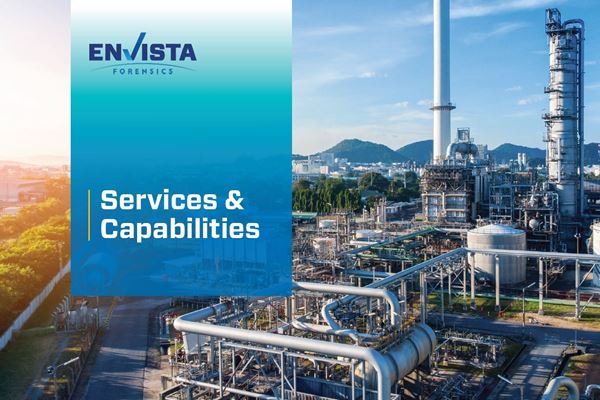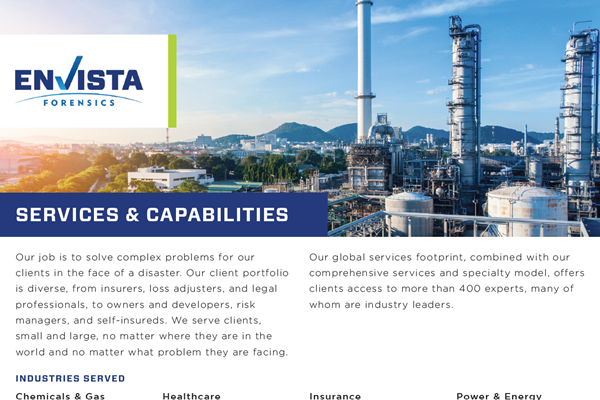Workplace Injury: Safety Regulations, Hazard Controls, and Electrical Risk Management

Workplace injuries and accidents, particularly those related to equipment, pose significant risks for businesses across various industries. Ensuring employee safety and maintaining compliance with health and safety regulations is crucial. This blog explores workplace health and safety (WHS) acts and regulations, the hierarchy of controls, and the importance of identifying hazards and risks. By understanding these elements, businesses can better protect their workforce and mitigate potential dangers.
Automated Vehicle Passenger Systems (AVPS) are increasingly relevant in transportation, requiring adherence to strict regulations and safety standards. As AVPS technology ages, rigorous service and maintenance protocols become essential to prevent accidents and ensure user safety. This includes managing a variety of equipment, from building management units to amusement structures, and prefabricated scaffolding to boom-top elevating platforms, ensuring their safe design and maintenance.
Electrical systems are integral to modern operations but come with risks such as voltage fluctuations that can lead to equipment failure. Overvoltage, caused by lightning strikes or power grid switches, and sustained overvoltage due to system failures, can cause immediate and prolonged damage. Undervoltage forces devices to draw higher currents, leading to overheating and premature wear. Effective risk management of electrical systems is essential for maintaining operational integrity.
Essential Workplace Safety Regulations and Controls
Workplace Health and Safety Acts and Regulations
Workplace health and safety acts and regulations are essential to organizational safety protocols. Safe Work Australia developed model WHS acts, regulations, and codes of practice, which states and territories adopt and implement. These acts outline the principles and responsibilities for maintaining a safe work environment. Regulations specify the applications of these acts, defining minimum standards and objectives for hazard control. Employers and employees must follow these regulations to ensure machinery and equipment safety, provide necessary training, and report hazards promptly.
The Hierarchy of Controls for Hazard Management
The hierarchy of controls manages workplace hazards, from most to least effective. Elimination completely removes the hazard, while substitution replaces it with a less dangerous one. Isolation separates the hazard from workers, often through physical barriers. Engineering controls modify equipment or processes to reduce risks, and administrative controls use policies and procedures to manage hazards. Personal protective equipment (PPE) is the least effective, relying on worker compliance and not eliminating the hazard itself.
Understanding Hazards vs. Risks in the Workplace
Understanding the difference between hazards and risks is crucial. A hazard is a potential source of harm, such as live electrical loads or wet floors. Risk is the likelihood that the hazard will cause harm, such as electrocution or slipping. Employers must take reasonably practicable measures to mitigate these risks, considering the likelihood of occurrence, the degree of harm, and the availability of control measures.
Public Safety and High-Risk Equipment Standards
Public safety is integral to workplace health and safety regulations. High-risk equipment and machinery must adhere to safety standards to protect the public. The Model WHS Act includes provisions for high-risk plant operations, requiring certain equipment to be licensed or registered with state authorities. Dangerous goods, electrical safety regulations, and heavy national laws also ensure public safety. Equipment proprietors must ensure their equipment is safe and without risks to health and safety, including correct design, construction, and maintenance.
Workplace Safety Measures and Fatalities Analysis
Trends in Workplace Fatalities and Injuries
Data from Safe Work Australia shows a general decline in workplace fatalities from 2007 to 2022, reflecting efforts from workers, employers, and legislative authorities. Despite this, there are around 200 fatalities annually, equating to four or five deaths per week, underscoring the need for ongoing safety improvements. Fatality rates vary by state, with Queensland, New South Wales, and Victoria showing similar rates, while Western Australia and the Northern Territory report higher rates.
Common Hazards and Risk Reduction Strategies
Vehicle incidents significantly contribute to workplace fatalities, necessitating safety measures both on-site and during transportation. Other major hazards include moving objects, falls from heights, and electrical contact. Effective safety protocols such as site inductions, risk assessments, and adherence to designated paths can mitigate these risks. For example, preventing overhead hazards and ensuring building structural integrity can reduce accidents from falling objects or collapses.
Addressing Injuries, Ergonomics, and Mental Stress
Injury data highlights the need for strong safety measures, with serious injuries from slips, trips, and falls prevalent across most industries. Laborers, personal service workers, and machine operators are particularly at risk. Body stressing from poor manual handling or inadequate ergonomics is a leading cause of serious claims. Proper desk setups and safe manual handling practices can significantly reduce injury risks. Additionally, addressing mental stress is crucial for worker well-being.
Engineering and Administrative Controls for Equipment Safety
Common workplace hazards like entanglement in escalators, falls from heights, and electrical incompatibility require both engineering and administrative controls. Escalators have safety features like skirt brushes and impact devices to prevent entanglement. Elevators, especially traction types, include safety mechanisms and counterweights to prevent falls, with modern systems using grippers to control upward movement in case of failure. Ensuring equipment safety assessments and electrical compatibility with local standards is essential to prevent electrical hazards.
Key Measures for Ensuring Electrical System Safety and Stability
Voltage Fluctuations and Protective Equipment
Implementing control measures for voltage fluctuations is crucial for electrical system stability and safety. Voltage controllers monitor input voltage and trip relays to interrupt power supply when voltage exceeds acceptable ranges. Circuit breakers, using thermal or magnetic detection, interrupt current flow under abnormal conditions like overloads or short circuits. Surge arrestors and surge protectors divert excess current to the ground, protecting equipment from high voltage damage.
Preventing Electric Arc Events Through Insulation Maintenance
Preventing electric arc events due to insulation breakdown is another critical aspect of electrical safety. Insulation can degrade over time due to cable crush, water exposure, or other environmental conditions. Regular inspection and preventive maintenance of electrical systems help identify and rectify potential hazards before they lead to failures. Ensuring cables are not subjected to physical stress and that insulation remains intact is vital for preventing electric arcs.
Managing Risks of Inadvertent Equipment Startup
Addressing the risks of inadvertent equipment startup is also essential. Uncontrolled movements can cause severe injuries. Safety interlocks and correct maintenance and inspection of equipment can prevent such incidents. For example, hedge trimmers should have interlocks requiring both hands to be away from the cutting blade during operation. Regular inspection and maintenance of these safety features are necessary to prevent accidents.
Building a Safer Workplace
Workplace health and safety is a complex issue requiring adherence to regulations, effective hazard control, and risk awareness. Implementing the hierarchy of controls and maintaining high standards for equipment can significantly improve safety, reduce incidents, and ensure compliance.
For all machinery and equipment, continuous improvement in safety practices and proper maintenance are crucial for reducing workplace injuries and fatalities. Additionally, managing electrical hazards through voltage control, insulation maintenance, and safe handling of materials is essential to protect equipment and prevent downtime.
A proactive and comprehensive safety approach not only safeguards employees but also enhances overall business operations.
Partner with Envista Forensics for Workplace Safety Solutions
At Envista Forensics, we understand the critical role workplace safety plays in protecting employees, equipment, and business operations. Our team of experts provides comprehensive support in forensic engineering, electrical failure analysis, mechanical failure analysis, and fire origin and cause investigations.
Whether your organization is addressing complex equipment risks, implementing preventative safety measures, or investigating the cause of a workplace incident, our specialists deliver the insights you need to improve safety and reduce liability. We combine technical expertise with real-world experience to help businesses stay compliant, minimize risks, and safeguard their workforce.
Contact Envista Forensics today to learn how our team can support your workplace safety initiatives and provide clarity when you need it most.
Our experts are ready to help.




